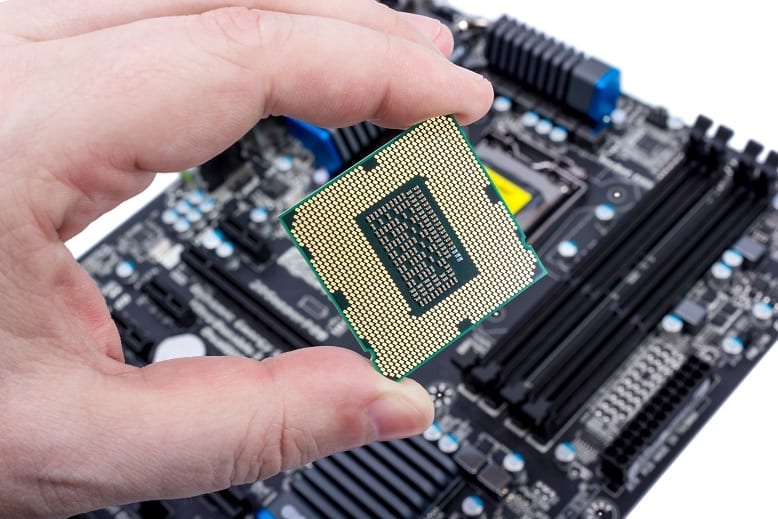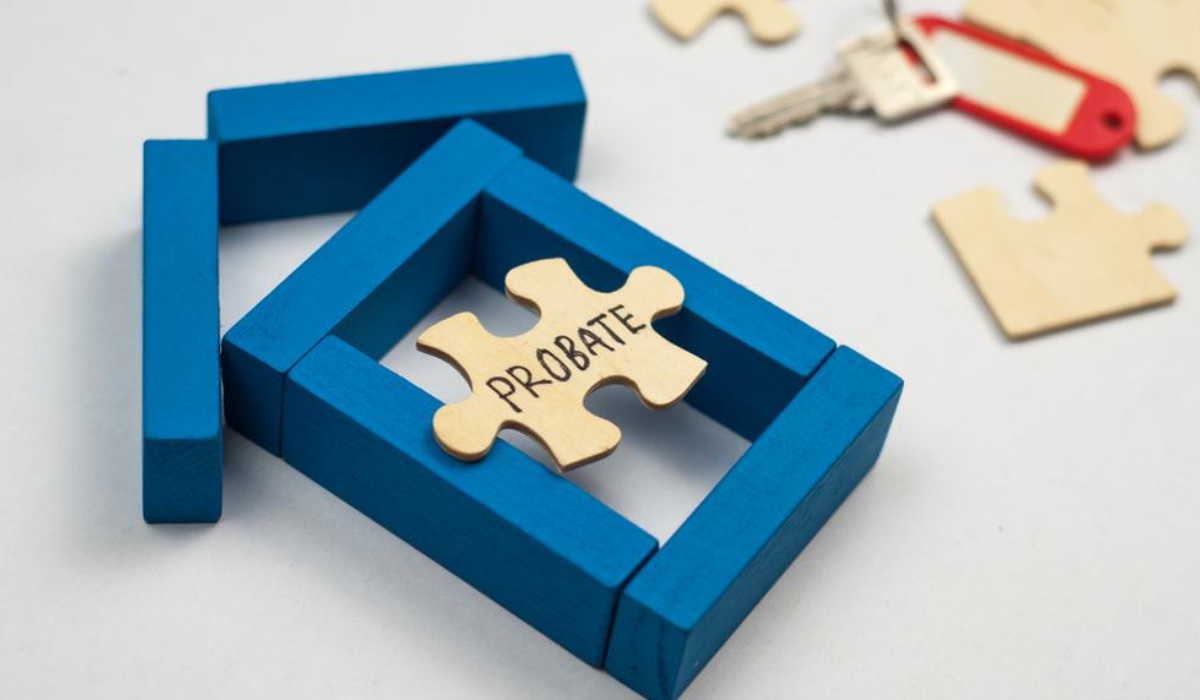Losing a loved one is one of life’s most challenging experiences. Amidst the grief and emotional turmoil, families often find themselves facing the daunting task of navigating the probate process. Probate is the legal procedure for administering a deceased person’s estate, which involves validating the will, settling debts, and distributing assets to beneficiaries. This comprehensive guide aims to demystify the probate process, providing a step-by-step roadmap to help families manage their loved one’s estate with confidence and clarity.
What is Probate?
Probate is the legal process by which a deceased person’s estate is administered and distributed. It ensures that debts are paid and assets are correctly distributed to beneficiaries. In many jurisdictions, probate is overseen by a court to ensure the process is carried out legally and fairly.
Step 1: Understanding Probate Terms and Concepts
Before diving into the probate process, it’s essential to understand key terms and concepts:
- Will: A legal document outlining how a person’s assets should be distributed after death.
- Executor: The person named in the will to administer the estate.
- Administrator: If there is no will, or the executor cannot serve, the court appoints an administrator.
- Estate: All the assets and liabilities left by the deceased.
- Intestate: Dying without a will.
- Beneficiaries: Individuals or entities designated to receive assets from the estate.
Step 2: Determine If Probate is Necessary
Not all assets need to go through probate. Some assets can transfer directly to beneficiaries without court intervention, such as:
- Jointly Owned Property: Automatically passes to the surviving owner.
- Payable-on-Death Accounts: Transfer directly to named beneficiaries.
- Life Insurance and Retirement Accounts: Payouts go to designated beneficiaries.
However, if the estate includes solely owned assets, probate is typically required.
Step 3: Locate and Review the Will
If there is a will, it must be located and reviewed to determine the named executor and the deceased’s wishes regarding asset distribution. The executor, often a family member or close friend, is responsible for managing the probate process. If no will is found, the estate is considered intestate, and the court will appoint an administrator.
Step 4: File a Petition with the Probate Court
To begin the probate process, the executor or administrator must file a petition with the probate court in the county where the deceased resided. This petition typically includes:
- A copy of the death certificate
- The original will (if one exists)
- A list of heirs and beneficiaries
- An inventory of the estate’s assets and liabilities
The court will review the petition and, if everything is in order, issue a document officially appointing the executor or administrator.
Step 5: Notify Creditors and Heirs
Once the executor or administrator is appointed, they must notify all potential creditors and heirs of the probate proceedings. This often involves:
- Publishing a notice in a local newspaper to inform creditors
- Sending formal notices to known creditors and heirs
Creditors typically have a specific period (set by state law) to file claims against the estate.
Step 6: Inventory the Estate
The executor or administrator must compile a detailed inventory of the deceased’s assets and liabilities. This includes:
- Real estate
- Bank accounts
- Investments
- Personal property (e.g., jewelry, vehicles, collectibles)
- Debts and obligations
Accurate valuation of these assets is crucial, as it affects estate taxes and the distribution process.
Step 7: Pay Debts and Taxes
Before distributing assets to beneficiaries, the executor must ensure all debts and taxes are paid. This involves:
- Paying outstanding bills and obligations
- Filing final income tax returns for the deceased
- Paying any estate taxes owed
If the estate lacks sufficient funds to cover debts, state law dictates the order in which debts are paid.
Step 8: Distribute the Remaining Assets
After all debts and taxes are settled, the executor can distribute the remaining assets to the beneficiaries according to the will or intestacy laws. This process may involve:
- Transferring ownership of real estate
- Distributing funds from bank accounts
- Transferring stocks and other investments
- Allocating personal property
The executor must provide an accounting to the court and beneficiaries, detailing how the estate was managed and distributed.
Step 9: Close the Estate
Once all assets are distributed, and the executor has submitted a final accounting to the court, the probate process can be formally closed. The court will issue an order discharging the executor from their duties, officially ending the probate process.
Common Challenges in the Probate Process
Navigating the probate maze can present several challenges, including:
- Disputes Among Heirs: Family disagreements over the distribution of assets can lead to legal battles and delays.
- Complex Estates: Estates with diverse or hard-to-value assets, such as businesses or international properties, can complicate the process.
- Creditor Claims: Unexpected or disputed creditor claims can drain estate resources and prolong probate.
- Executor Misconduct: Mismanagement or unethical behavior by the executor can harm beneficiaries and lead to legal consequences.
Tips for a Smoother Probate Process
- Seek Legal Advice: An experienced probate attorney can guide you through the process, ensuring compliance with state laws and minimizing errors.
- Stay Organized: Keep meticulous records of all financial transactions, communications, and court filings related to the estate.
- Communicate Transparently: Maintain open and honest communication with heirs and beneficiaries to manage expectations and reduce conflicts.
- Be Patient: Probate can be a lengthy process, often taking several months to over a year. Understanding this timeline can help manage stress and expectations.
Alternatives to Probate
In some cases, families may seek alternatives to probate to simplify the estate administration process, such as:
- Living Trusts: Assets placed in a living trust pass directly to beneficiaries without probate.
- Joint Ownership: Property owned jointly with rights of survivorship passes directly to the surviving owner.
- Beneficiary Designations: Accounts with designated beneficiaries (e.g., retirement accounts, life insurance) bypass probate.
Conclusion
The probate process, while complex, is a necessary and structured way to ensure that a deceased person’s estate is handled correctly and fairly. By understanding the steps involved and the potential challenges, families can navigate the probate maze more effectively. Engaging professional probate services and maintaining clear communication can significantly ease the burden during this difficult time. Ultimately, the goal of probate is to honor the deceased’s wishes and provide a clear path for the transfer of assets to their rightful heirs.














